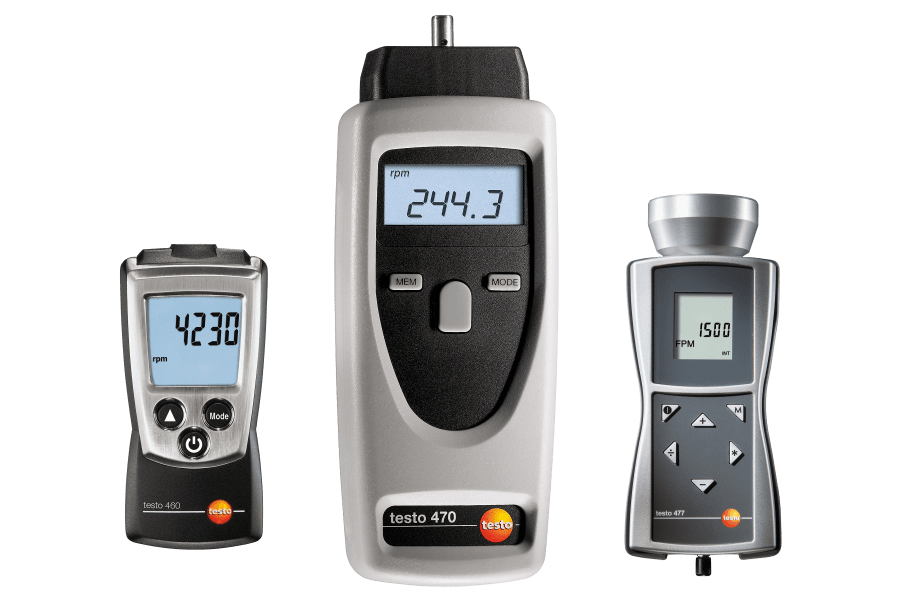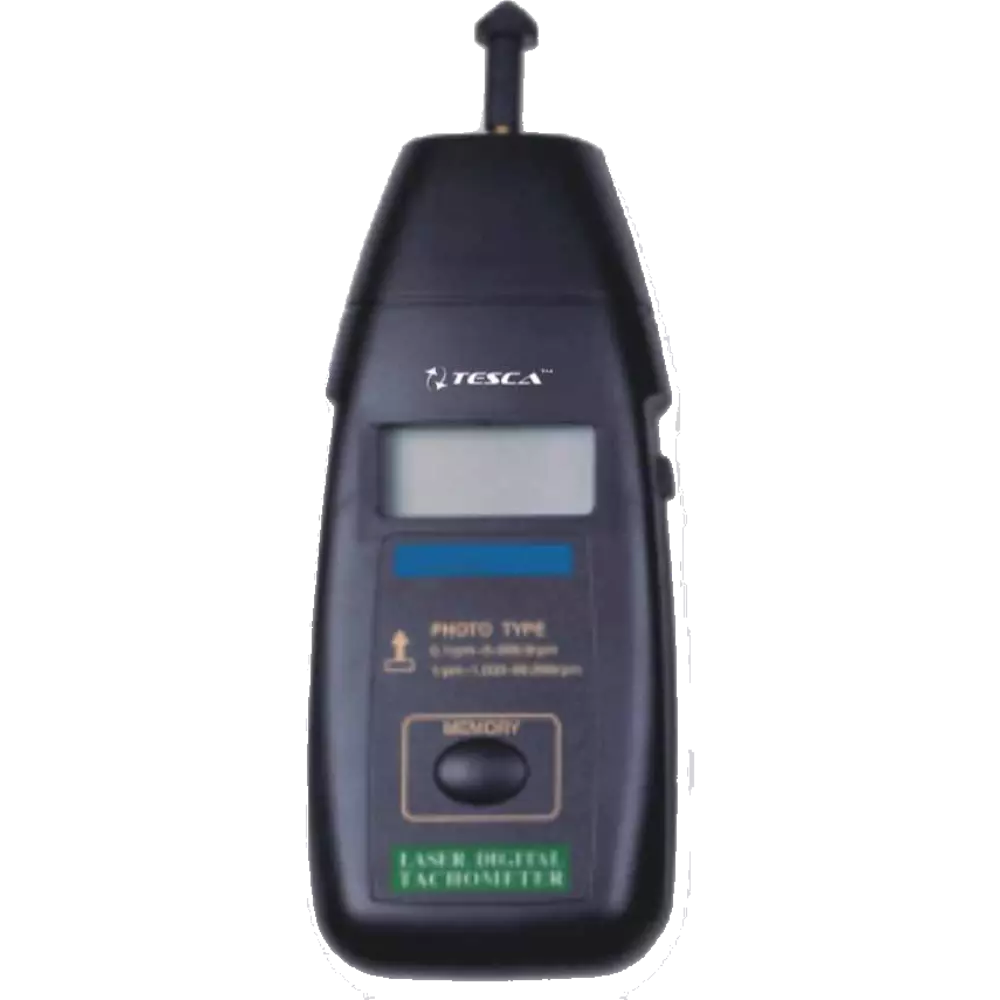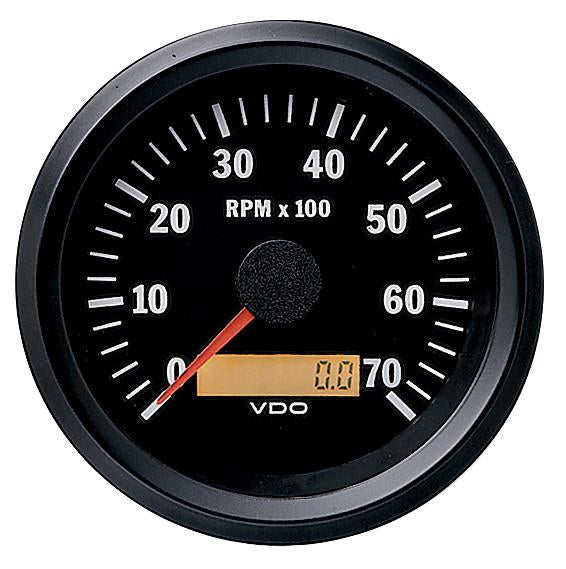Tachometer Basics: Every Little Thing You Need to Know for Accurate Readings
Tachometer Basics: Every Little Thing You Need to Know for Accurate Readings
Blog Article
The Relevance of a Tachometer in Monitoring Engine Rate and Performance in Automotive Applications
In the world of automotive design, the tachometer stands as a pivotal tool in the driver's toolbox, providing a straight home window right into the internal functions of a lorry's engine. Beyond its feature as a plain scale of transformations per minute (RPM), the tachometer acts as a crucial tool for fanatics and professionals alike, using real-time understandings into engine performance and wellness. Understanding the importance of this tool surpasses surface-level monitorings, diving into the elaborate partnership in between engine rate, power output, and general driving experience. As we explore the diverse function of the tachometer in automotive applications, a deeper appreciation for its influence on vehicle characteristics and efficiency starts to arise.
Relevance of Checking Engine RPM
Keeping track of engine RPM, or revolutions per min, is an important element of auto upkeep and performance analysis. Engine RPM straight associates with the speed at which the engine's crankshaft revolves, suggesting how swiftly the engine is running.
Additionally, monitoring engine RPM is vital for performance evaluation in auto racing and high-performance cars. Keeping optimal RPM degrees is essential for accomplishing peak power result and acceleration. Racers often utilize tachometers to guarantee they are operating within the excellent RPM range for optimum performance. In recap, keeping an eye on engine RPM is not only essential for discovering concerns but also for optimizing engine efficiency in different automobile applications.

Benefits of Real-Time Information
In auto applications, real-time information plays a critical function in supplying immediate understandings right into the efficiency and problem of the vehicle. By continuously keeping track of different specifications such as engine rate, temperature level, gas usage, and much more, real-time data uses many benefits that contribute to enhanced efficiency and safety when traveling.
One significant advantage of real-time data is its capacity to sharp chauffeurs and service technicians to any kind of abnormalities or concerns promptly. This aggressive technique allows fast identification of prospective problems, permitting prompt interventions to avoid further damages or failures. Furthermore, real-time data facilitates efficiency optimization by giving immediate responses on driving routines and engine effectiveness. Chauffeurs can adjust their actions in real-time based on this information to achieve far better fuel economy and lengthen the life expectancy of their vehicle.

Additionally, real-time data plays an essential role in modern-day automotive diagnostics, making it possible for specialists to promptly detect and resolve malfunctions. This causes lowered downtime, lower upkeep prices, and ultimately, enhanced overall automobile integrity and longevity (tachometer). By taking advantage of the power of real-time information, automobile stakeholders can make educated choices that positively affect both the efficiency and long life of the vehicle
Effect On Equipment Shifts
Efficient gear shifts in vehicle applications significantly influence general efficiency and driving experience. The tachometer plays a crucial role in optimizing gear changes by supplying real-time engine rate information to the chauffeur. When coming close to the redline on the tachometer, it indicates the vehicle driver to upshift to avoid over-revving the engine and creating potential damage. On the other hand, downshifting at the right moment can help maintain the engine in its power band, ensuring receptive velocity when required.
Furthermore, the tachometer aids in achieving smoother gear changes, specifically in hands-on transmissions. By keeping an eye on engine speed, chauffeurs can perform gear changes at the optimum RPM range, reducing snagging motions and reducing wear on the transmission parts. This accuracy on duty modifications not only enhances driving convenience however also adds to sustain performance.
Enhancing Gas Effectiveness
Given the critical duty the tachometer plays in enhancing gear changes explanation for performance and engine health and wellness, it directly adds to making the most of gas effectiveness in automotive applications. By giving real-time comments on engine speed, the tachometer assists vehicle drivers in preserving one of the most effective RPM range for gas economy. When vehicle drivers regularly monitor the tachometer and readjust their driving behaviors accordingly, they can stay clear of unneeded fuel intake created by over-revving or hauling the engine.
Moreover, the tachometer helps chauffeurs identify one of the most fuel-efficient equipment to be in at any type of given moment, preventing the engine from working tougher than required. This is specifically critical throughout velocity and travelling, where being in the right equipment can significantly affect gas efficiency. Furthermore, the tachometer can signal drivers to prospective mechanical problems that click this can be adversely impacting gas economy, such as a slipping clutch or a stopped up air filter. In conclusion, the tachometer functions as a beneficial tool in enhancing fuel effectiveness by advertising ideal driving practices and determining locations for renovation in the automobile's performance.

Making The Most Of Engine Longevity
The tachometer's role in keeping an eye on engine speed and efficiency is crucial in making certain the durability of automotive engines. Keeping an eye on the tachometer allows vehicle drivers to stay within the advised RPM range for their automobile, stopping unnecessary stress on the engine and extending its life expectancy.

Conclusion
Finally, the tachometer plays a vital function try this web-site in monitoring engine rate and performance in auto applications. By supplying real-time data on RPM, it enables for efficient equipment shifts, improved fuel performance, and optimized engine longevity. This device is important for preserving optimal engine performance and making certain the general functionality of an automobile.
Report this page